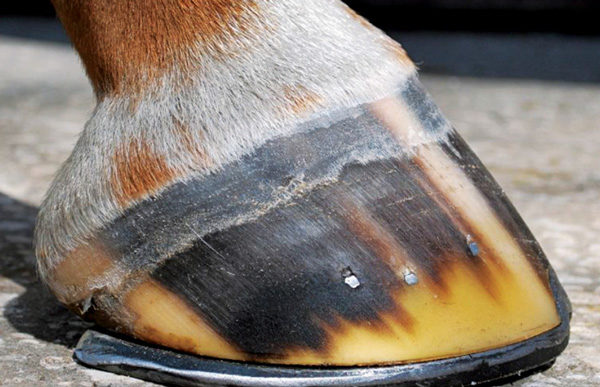American Farriers Journal
American Farriers Journal is the “hands-on” magazine for professional farriers, equine veterinarians and horse care product and service buyers.

Over the past 28 years of my shoeing career, clients, veterinarians and other farriers have asked three common questions about hoof angle.
We all think about, or should think about, hoof angle each time we observe a horse that we are about to work on. In this article, I am going a little bit further than what we generally think about when we talk about hoof angle.
People have been writing about hoof angles for centuries. You can go back to the very first writings about hoof care and find an opinion about the angle that a hoof should have. Some believed that a high-heel foot was the ideal, and you will find others that thought a low-heel foot was the answer.
As California farrier Bob Smith wrote in the July 2014 issue of American Farriers Journal, texts from the 1800s became more specific and definitive about what they believed to be the best hoof angles. Some argued that the best angle was 45 degrees, while others held up 56 degrees as the ideal.
Most of the modern writings that you will find in textbooks, magazine articles or on the internet focus on hoof-pastern axis, with an emphasis on the need…